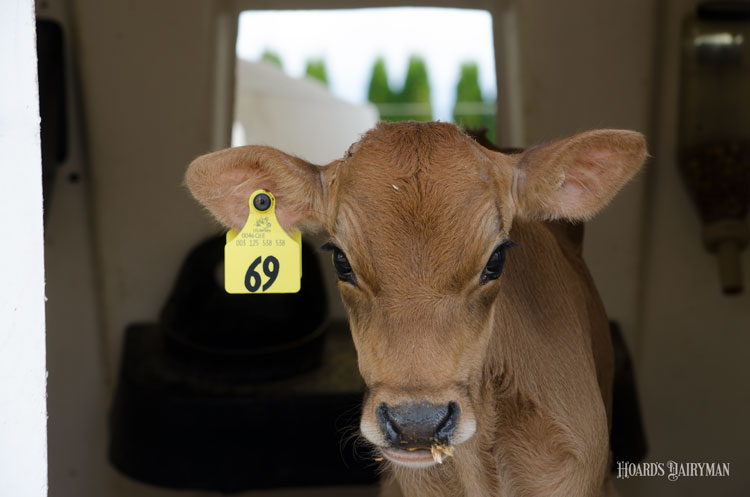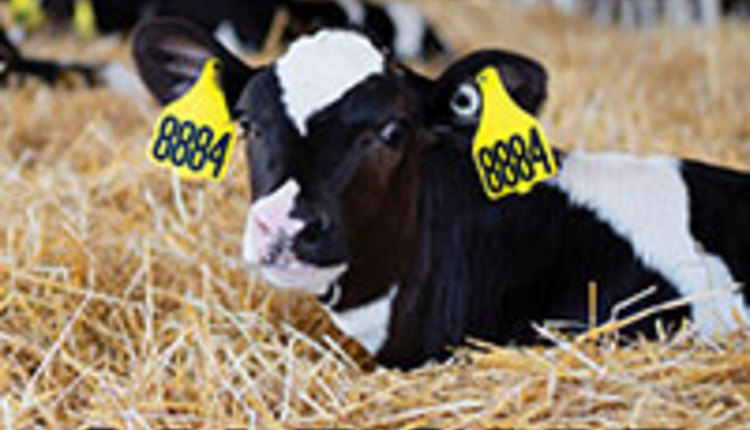
The National Animal Health Monitoring System’s Dairy 2014 survey found that weaning age had shifted compared to its 2007 survey. In 2014, nearly 75 percent of farms weaned calves at 7 or more weeks of age. Moreover, 31 percent of farms reported weaning at 9 weeks or older. That’s up from 25 percent of farms in 2007.
Does that data make sense given these tight economic conditions?
Economic surveys show that daily costs for raising replacement heifers is the highest for milk-fed calves and lowest for weaned calves.
How long should we feed calves milk?
Researchers have studied weaning age numerous times over the years with consistent results.
Early weaning saves money without sacrificing calf health, growth, or future production.
As an example, a study published in January included two treatments with calves fed the same milk replacer (25 percent protein and 17 percent fat) at a peak rate of 2.4 pounds per day of powder. The only difference between the treatments was one group was weaned at 6 weeks and the other at 8 weeks.
Investigators compared calf performance at 8 and 16 weeks of age. Calves weaned at 6 weeks ate more starter in the first 8 weeks than those weaned at 8 weeks. But, the two groups had similar body weight and frame growth at 8 and 16 weeks. Calves fed milk to 8 weeks had a slight advantage in average daily gain during the first 8 weeks (1.50 versus 1.36 pounds per day), but average daily gain from 8 to 16 weeks of age was the same for the two groups and averaged 2.24 pounds per day.
What about costs?
This study did not report costs of the feeding programs. However, with some assumptions, we can see how these two options compare.
Let’s assume milk replacer and starter cost $1.20 and 20 cents per pound, respectively. Based on some previous work at Penn State, assume it took 10 minutes and 1 minute per calf per day to feed calves on milk and on grain, respectively. Finally, assume the calf feeder is paid $11 per hour.
Combining these assumptions with the reported milk replacer and grain intake from the research project, calves weaned at 6 weeks cost about $294 to raise to 4 months of age. Those weaned at 8 weeks cost $346, an additional expense of $52 per calf.
If earlier weaning can produce healthy calves that weigh the same and are ready for a ruminant diet, why add unnecessary cost and labor to your calf program by extending the preweaning phase?








